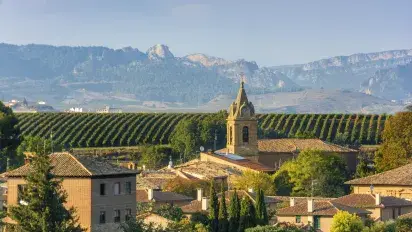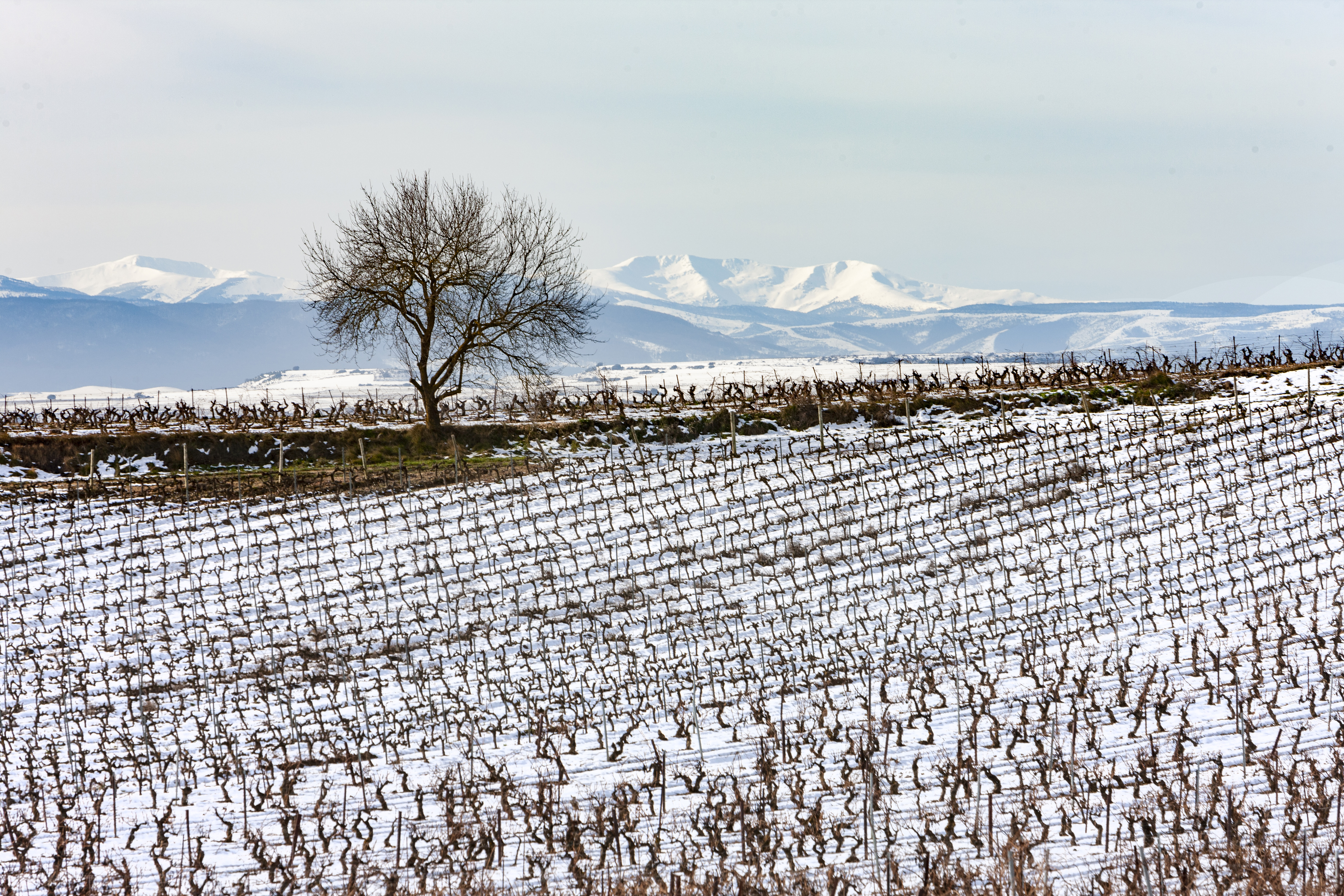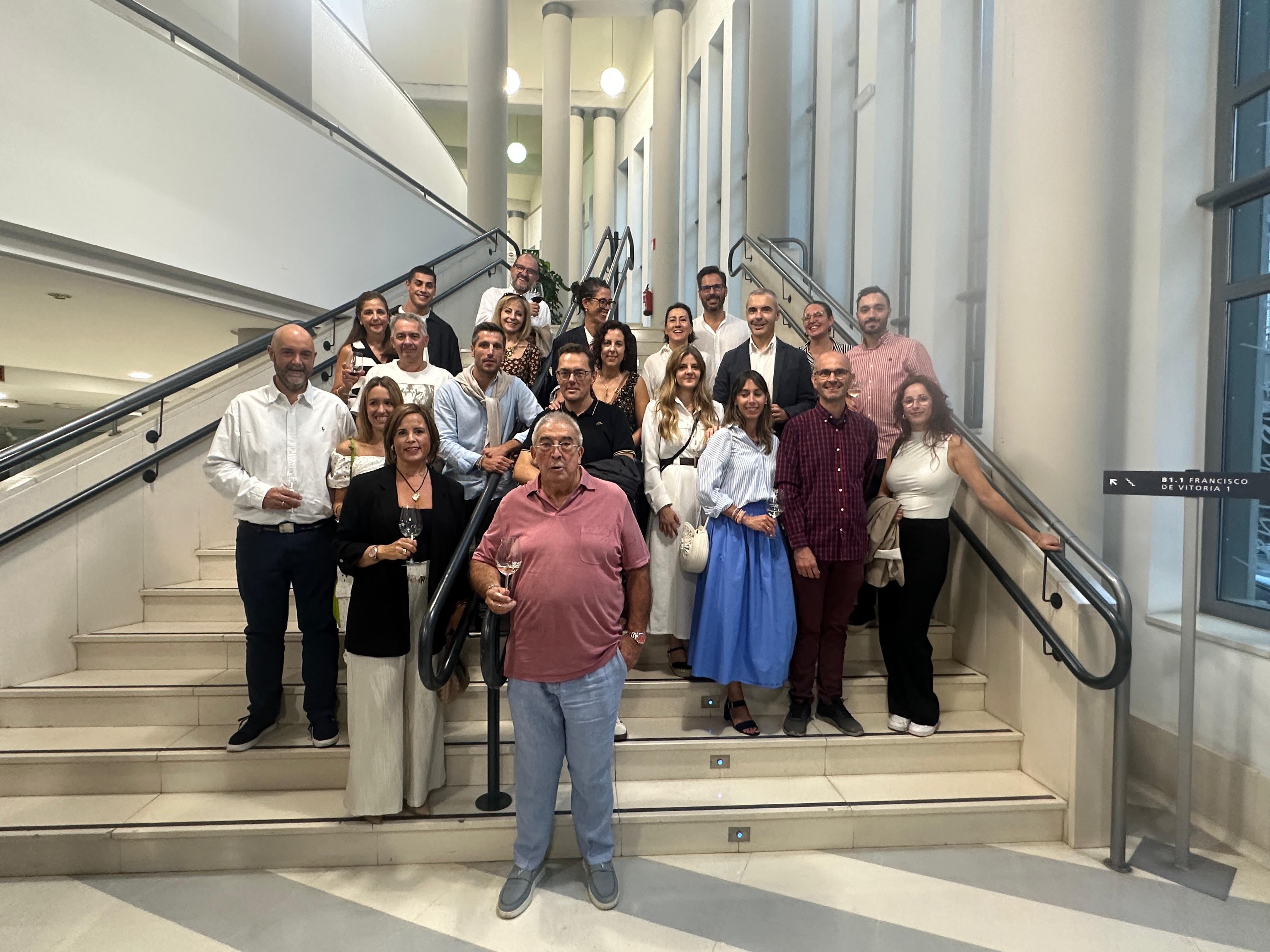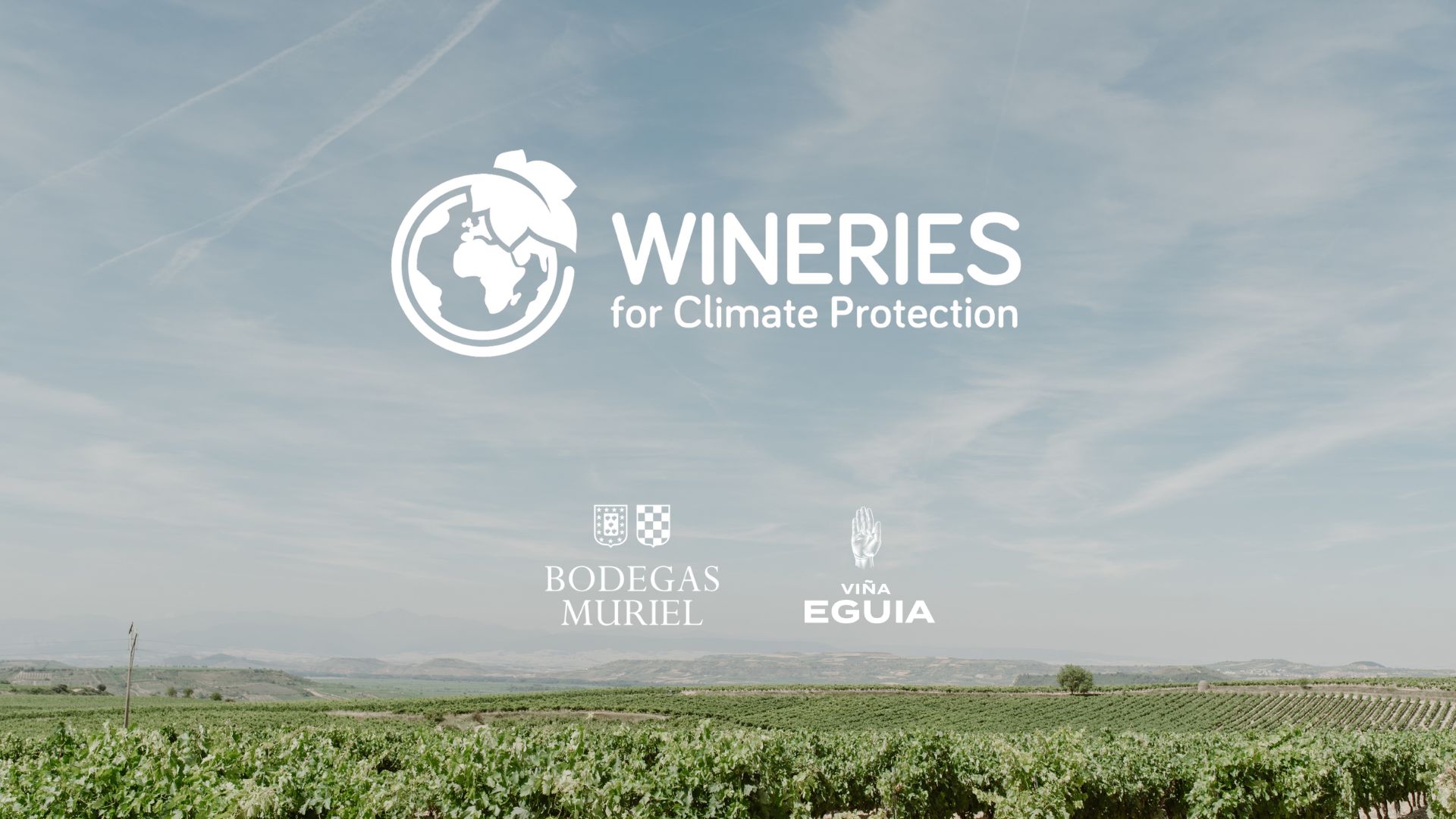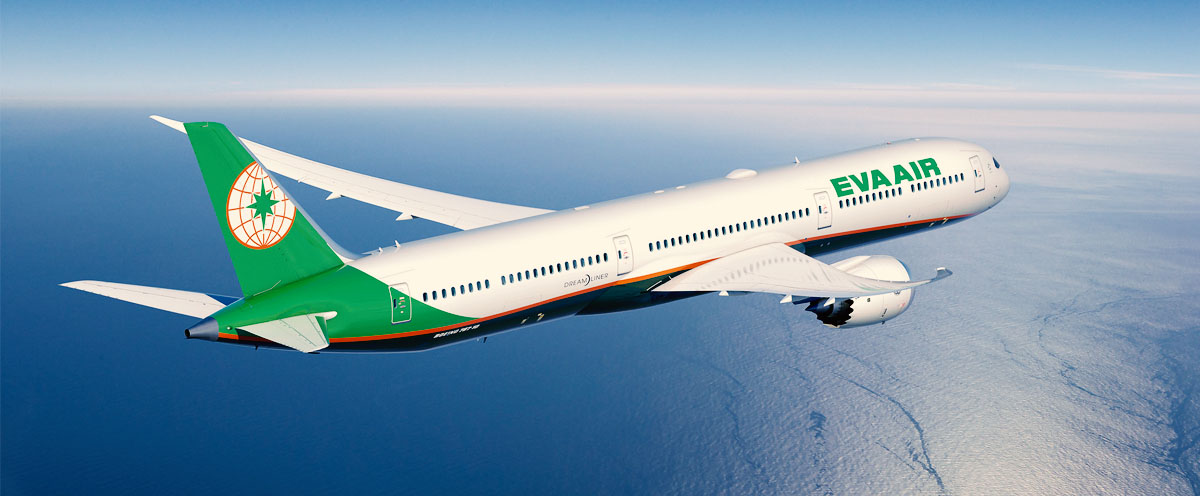The whole history of Rioja wine concentrated at the doors of our winery
If a film director asked us about ideal locations for shooting a film about the history of wine, we would suggest starting at the entrance to Conde de los Andes. At this crossroads of three small streets in Ollauri, the setting preserves all the flavor of the old Rioja winery neighborhoods. Although today it is paved, it would not be difficult to imagine what this same place was like two, three or even five centuries ago.
Renaissance Muleteers
Ollauri, 1558. Emperor Charles I (V of Germany) has died and the long reign of Philip II begins. The whole area of the Rioja Alta has been specializing for decades in the cultivation of vines and a handful of winery owners manage to bring their wines abroad. Rioja is one of the few Spanish wine-growing areas that have focused on the production of red wines, increasingly in demand in the booming towns of the Cantabrian coast. The political stability at that time facilitated the wine trade.
In front of our building in Ollauri, we see a period scene. A herd of mules waits patiently in the street that today is called Sol de la Cabra. Its muleteer is negotiating the final details of the ‘saca’ with representatives of the family that owned the winery at the time, the Paternina family. Then the expedition sets off, amid clouds of dirt and flies, in the direction of Conchas de Haro and, beyond, towards the northern towns.
The time of Jovellanos
We jumped more than two centuries. Around 1790, the plot of land that stretches out in front of us presents a very different image to the current one: it is full of sandstone ashlars, wooden beams and iron tools. A working space, where a lot of men are busy cutting stones and carrying materials, in a continuous coming and going inside the cellar, where, deep inside, they are digging new galleries to enlarge the old family's cellars. The economic boom has boosted vineyard cultivation and wine sales, and the old cellars have become too small.
A good part of the cellars that today amaze our visitors were built at that time. And in fact, even then they caused the admiration of the first travelers who toured the Rioja, such as the famous illustrious Gaspar Melchor de Jovellanos, who stopped in Ollauri in May 1795.
The 1920s, a historical transfer
Last scene of this "movie". We move on to the 1920s, a century ago. As a consequence of some changes in ownership and, above all, the search for maximum production efficiency, the winery abandoned its winemaking activity and moved to larger and more functional facilities in the neighboring town of Haro.
The Ollauri cellars were now used exclusively for storing bottles of wine. We can imagine the scene: on the street several trucks are loaded with barrels and all kinds of tools, on their way to the new winery in Haro. They must have been among the first motor vehicles used in the wine industry. The bottles, on the other hand, do not move. We still keep some of them from that time, which are authentic enological treasures of incalculable value.
Today things have returned to their origin: at Conde de los Andes, for a few years now, we have been making wine again. We are once again receiving grapes from nearby vineyards, we are once again converting their juice into today's wines, with which we are able to express a passionate link with a rich past.
You may also be interested in:
